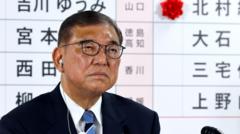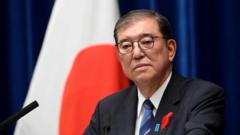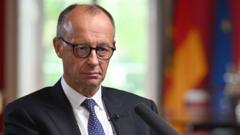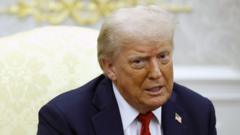As Australia faces a housing affordability crisis, calls have grown to limit the number of international students in the country. This shift poses significant implications for the international education sector, which has been a vital economic contributor.
Australia Reassesses Its Commitment to International Students Amid Housing Crisis

Australia Reassesses Its Commitment to International Students Amid Housing Crisis
Political pressures mount in Australia as both major parties propose caps on international student enrollment to address rising housing costs.
Australia has long been celebrated as a top destination for international students seeking quality education and a welcoming environment. However, recent political moves suggest this reputation may be under threat. Both major parties in Australia are advocating for significant cuts to the number of foreign students allowed into the country, positioning it as a solution to the surging housing prices that many voters feel acutely.
Take Ali Bajwa, for instance. A native of Pakistan, he chose Australia a decade ago to pursue a doctorate in agricultural science, drawn by the promise of advanced research opportunities and the openness of educational institutions. His journey reflects the aspirations of many: after years of academic pursuit and contributions, he has become a respected academic at La Trobe University in Melbourne and is now a homeowner.
But for future hopefuls, the landscape is changing. Politicians argue that limiting international student numbers is essential to easing the housing crisis. After a momentous increase in international student enrollment, hitting over a million in just two years, the government, led by Prime Minister Anthony Albanese, attempted to introduce limitations on student visas but was met with resistance.
In the face of opposition, leader Peter Dutton has pledged more aggressive measures, including a 30,000-student reduction in the annual cap and significant increases in visa fees. Many, including Bajwa, believe that more thoughtful approaches, like refining entry criteria, would be wiser than implementing sweeping caps on student numbers.
Border restrictions enforced during the pandemic previously restricted international students' entry, yet the country proactively sought to attract them back post-pandemic, which led to a surge in numbers. However, the current political climate may signal a return to stricter regulations, shifting the narrative on Australia's once-celebrated international student hub status. As the debate continues ahead of the upcoming election, the future of international education in Australia remains uncertain.






















